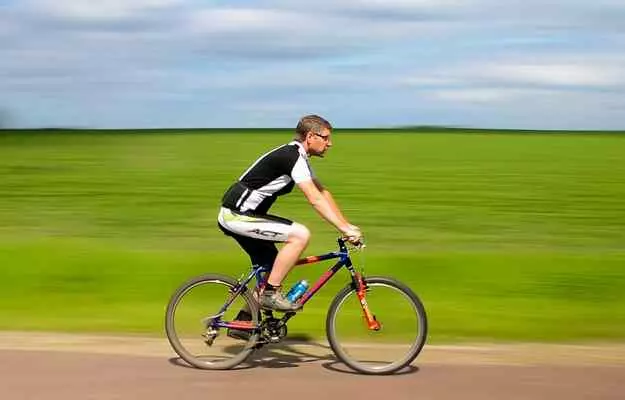Once the main mode of personal transport for many Indians, cycling has gone on to become a popular fitness activity, even a tool for adventure sports. Stands to reasons, as cycling comes as naturally to us as swimming - common knowledge dictates that one doesn’t forget either skill once they have learnt it, no matter how long they have been away from it.
In India, one can still see a large section of the population using old-school bicycles as a mode of transport, for going to school or to work and coming back. Equally, there is a section of people in the country who have adopted the modern cycle varieties with their added benefits of gears and being lightweight. These new bikes are designed differently based on whether you use them on the track, road or trail.
Cycling is also a low-impact exercise which can be enjoyed by people of all age groups, as it remains an excellent cardiovascular activity and its static version, a favourite piece of equipment in the gym. It also doesn’t require you to take a break from working out when you’re travelling; bicycles can be a great way to explore a new city as well!
Both cycling and running are great cardiovascular activities, besides being accessible to a lot of people all over the world. Running, however, has a higher impact on the body as it is tougher on the joints and can lead to running injuries. Cycling is a great way to boost metabolism and lose weight.
Read more: Foods to increase metabolism













